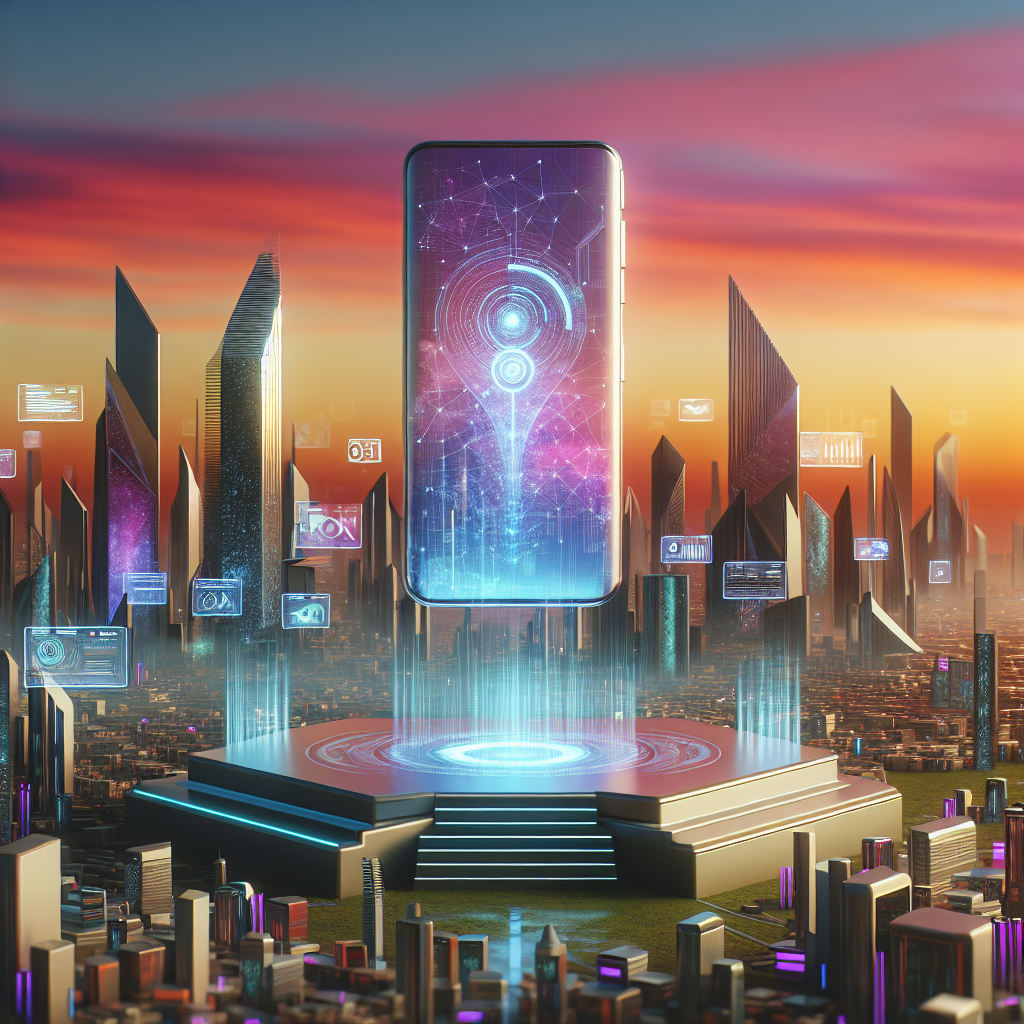The Future of Product Design with Generative AI Technology
In recent years, there has been a significant shift in the way products are designed and developed. With the advancements in artificial intelligence (AI) technology, specifically generative AI, the future of product design is becoming increasingly automated and efficient. Generative AI technology allows designers to generate countless design iterations based on specified parameters, enabling them to explore a wider range of possibilities and create more innovative and personalized products.
Generative AI technology works by using algorithms to analyze data and generate new designs based on predefined rules and constraints. This technology can be used in various aspects of product design, from creating initial concept sketches to optimizing final designs for manufacturing. By harnessing the power of generative AI, designers can streamline their design process, save time and resources, and ultimately create better products that meet the needs and preferences of consumers.
One of the key benefits of using generative AI technology in product design is the ability to quickly explore and evaluate a large number of design alternatives. Traditionally, designers would have to manually create and analyze multiple design options, which can be time-consuming and labor-intensive. With generative AI, designers can input their design requirements and let the algorithm generate and evaluate hundreds or even thousands of design iterations in a fraction of the time it would take a human designer to do so. This not only speeds up the design process but also allows designers to consider a wider range of possibilities and make more informed design decisions.
Another advantage of using generative AI technology in product design is the ability to create more personalized and customized products. By using data-driven algorithms, designers can tailor products to individual preferences and requirements, allowing for greater personalization and customization. This can help companies differentiate their products in a competitive market and attract customers who are looking for unique and personalized products.
Generative AI technology also has the potential to revolutionize the way products are manufactured. By optimizing design for manufacturing processes, designers can reduce waste, improve efficiency, and lower production costs. This can lead to more sustainable and environmentally friendly manufacturing practices, as well as higher quality products that are produced more efficiently.
Despite the many benefits of using generative AI technology in product design, there are also some challenges and considerations to keep in mind. One of the main concerns is the potential for bias in the AI algorithms. If the data used to train the algorithms is biased or incomplete, it can lead to biased design recommendations. Designers must be aware of this risk and take steps to mitigate bias in the design process.
Another challenge is the need for designers to have a good understanding of AI technology in order to effectively use generative AI in their design process. Designers may need to undergo training to learn how to use AI tools and algorithms effectively, as well as how to interpret and evaluate the results generated by the AI system.
In addition, there may be concerns about the impact of generative AI technology on the role of human designers. While AI technology can automate certain aspects of the design process, it is unlikely to completely replace human creativity and intuition. Designers will still play a crucial role in setting design goals, interpreting AI-generated designs, and making final design decisions.
FAQs
Q: How can generative AI technology benefit product design?
A: Generative AI technology can benefit product design by enabling designers to quickly explore a wide range of design alternatives, create more personalized products, and optimize designs for manufacturing processes.
Q: What are some of the challenges of using generative AI technology in product design?
A: Some of the challenges of using generative AI technology in product design include the potential for bias in AI algorithms, the need for designers to have a good understanding of AI technology, and concerns about the impact of AI on the role of human designers.
Q: Will generative AI technology replace human designers in the future?
A: While generative AI technology can automate certain aspects of the design process, it is unlikely to completely replace human designers. Human creativity and intuition will still be essential in setting design goals, interpreting AI-generated designs, and making final design decisions.
In conclusion, the future of product design with generative AI technology is promising, with the potential to revolutionize the way products are designed, manufactured, and customized. By harnessing the power of AI algorithms, designers can create more innovative, efficient, and personalized products that meet the needs and preferences of consumers. While there are challenges and considerations to keep in mind, the benefits of using generative AI technology in product design far outweigh the risks, making it an essential tool for designers looking to stay ahead in a rapidly evolving industry.

